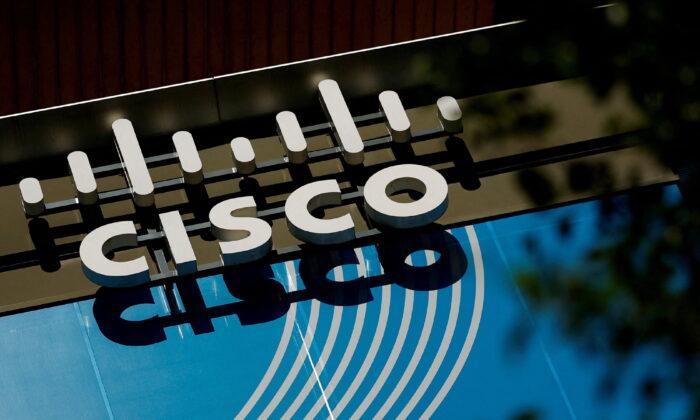Based on strong membership and digital sales growth, BJ’s Wholesale Club Holdings, Inc. reported earnings for the first quarter of fiscal year 2025 that beat market estimates. Despite the challenging consumer environment, the company maintained its guidance for the rest of the year.
On May 22, the operator of membership warehouse clubs in the eastern half of the United States reported adjusted earnings of $1.14 per diluted share for the quarter ended May 3, surpassing Zacks’ average analyst estimate of 91 cents.
Revenues were $5.15 billion, up 4.8 percent from a year earlier, due to an 8.1 percent rise in membership fee income and a 35 percent jump in digitally enabled comparable sales growth.
“We reported a strong start to the year, demonstrating the power of our model and continued momentum in our long-term growth priorities,” said Bob Eddy, chairman and CEO of BJ’s Wholesale Club.
“Delivering great value is essential in today’s environment, and I am proud of our team members who remain committed to caring for the families who depend on us.”
Another trend is the merging of online and offline sales, giving rise to a new channel known as “digitally enabled sales.” Customers can place orders online and either pick them up at local stores or have them delivered to their homes the same day. This approach has helped traditional brick-and-mortar retailers compete more effectively with Amazon.
Adding to these favorable retail trends is the application of membership fees, which allows wholesale club operators to target more affluent customers through market segmentation.
In addition to boosting sales, these factors have helped wholesale clubs better allocate capital, creating superior returns for investors.
According to data published by Gurufocus.com, BJ Wholesale Club’s return on invested capital (ROIC) was 10.44 percent, nearly twice the rate the company paid to raise capital in the markets.
BJ’s shares fell by 1.3 percent on May 22. The stock has been up 29.79 percent year to date, and 212 percent over the past five years, beating the S&P 500 Index, which is flat for the year and up by 98 percent over the same five-year period.
Laura Felice, executive vice president and chief financial officer of BJ’s Wholesale Club, sees the company continuing its growth path and maintaining its guidance for the rest of the year.
“As we look to fiscal 2025, we are confident in our team, our positioning in the marketplace, and the growth drivers that are within our control. We will remain focused on executing against our long-term priorities to drive continued traffic and market share gains,” she said.
“Based on what we know today, we are leaving our fiscal 2025 guidance unchanged and will continue to evaluate as the year progresses.”
On March 6, the company’s guidance for fiscal 2025 called for comparable club annual sales growth, excluding the impact of gasoline sales, in the range of 2.0 percent to 3.5 percent, and adjusted earnings per share in the range of $4.10 to $4.30.
Meanwhile, the company remains on track to open 25 to 30 new clubs over the next two years as it updates and upgrades its business model.
“In the past several years, we’ve updated our clubs with the latest sign packages and invested to support our key growth initiatives, including digital and Fresh two-point zero,” Eddy said during the earnings conference call.
“We’re also looking to identify relocation opportunities to better position our fleet for tomorrow.”
Georgios Koimisis, a professor of economics and finance at Manhattan University, is skeptical about BJ’s ability to continue its winning streak on Main Street and Wall Street.
“BJ’s stock has outperformed the broader market this year,” he told The Epoch Times via email. “However, while BJ’s seems to be managing costs and profits well, it has not consistently grown sales beyond expectations.”
Koimisis sees this situation worsening in the current environment of rising long-term interest rates and plunging consumer confidence.
“With growing economic uncertainty, any slowdown in consumer spending could shift focus from profits to sales performance, making sustained revenue growth a more important factor of investor confidence going forward,” he said.







